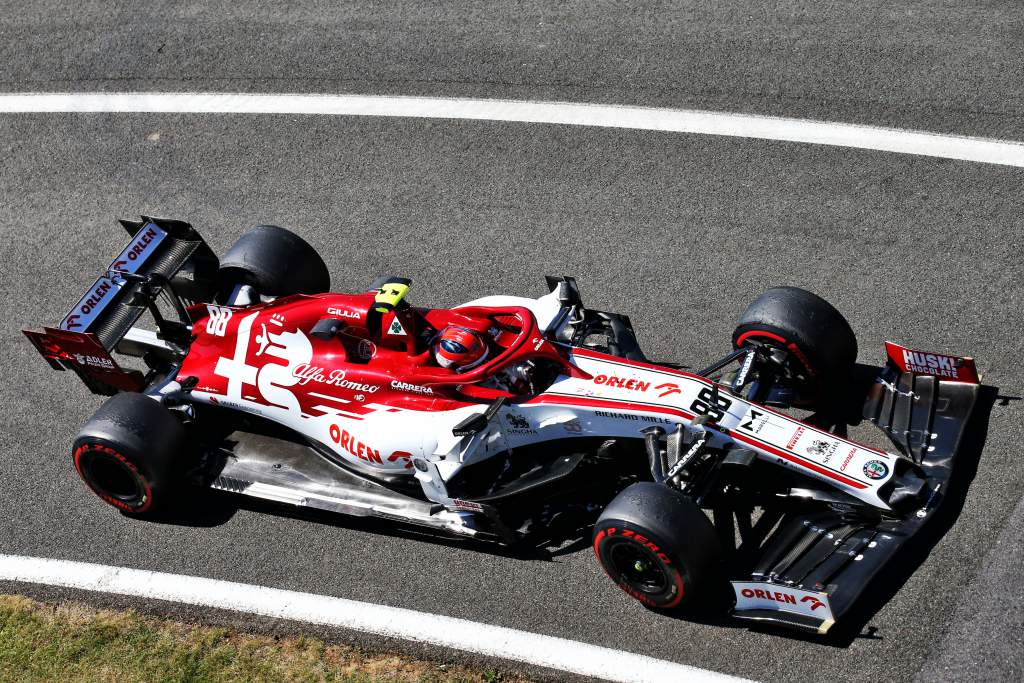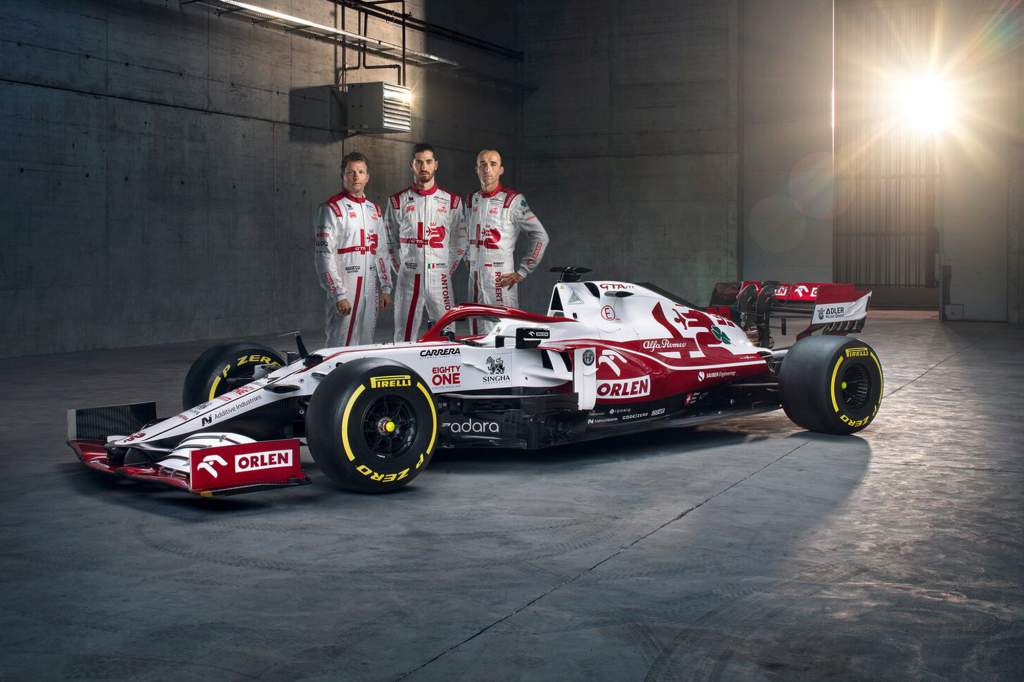Up Next

Alfa Romeo’s technical director Jan Monchaux is quite frank about being behind schedule on the implementation of the driver-in-loop simulator that was purchased by the Formula 1 team in 2019. “Certainly, the 2021 car behind me hasn’t really benefitted from the simulator,” he said at the C41’s launch.
The pandemic rather got in the way of the original plan of using 2020 to bring the tool online and incorporate it into the team’s working practices. Alfa is alone of all the F1 teams not to extensively use such a simulator, and the reason for that stretches way back to the mid-2010s when the hugely expensive DIL simulators (entry level is around 4.5 million Euros and there is no real upper limit) were being introduced everywhere else just at the time that Sauber was on its knees financially.
The current owners rescued the team from bankruptcy in the latter half of 2016, but there were other priorities to sort before a simulator could even be considered – especially as it typically takes around two years of development to get them working in a meaningful way.
“We bought it at the end of ’19,” says Monchaux, “and effectively were aiming to use 2020 to bring it at a decent level. Unfortunately, the plans were soon put aside because of the COVID crisis.
“So we certainly, due to the anticipated long shutdown and then also some internal issues, lost three-four months on the development path, which we are now with extra efforts trying to accelerate.
“Slowly, not yet, but slowly, we are getting at a level where we hope it will start becoming a useful tool.”

Getting the simulator to align with the reality of a team’s actual car and its other simulation resources so that it becomes a reliable indicator is the time-consuming part of the development, which demands a lot of human resource and can easily detract from the focus of the racing programme itself.
Team principal Frederic Vasseur is keen to use Alfa’s highly experienced third driver Robert Kubica in accelerating the programme, using his regular FP1 appearances to correlate with how realistic the simulator is in responding to car changes.
“Now the simulator is ready to be developed a large part of the job will be to do the correlation on track and Robert will be back into the car each month or each two months to be sure that the correlation is a good one.” Kubica has worked in the simulators of Red Bull, Mercedes, Renault and Williams in the past and so is more than familiar with the technology.

When fully refined, the simulator can keep car development much more focussed and the whole development programme more efficient by uncovering flaws without the development parts even needing to be produced, let alone taking up valuable track time on a race weekend.
Alfa’s competitiveness has declined steadily from around mid-2019.
“We need to be careful,” cautions Monchaux. “Because if we jump too early on a tool that is not properly calibrated and on which you have not confidence, you can also take decisions that you will pay for dearly a year later on the new car.
“The plan is more to ramp it up, do a lot of correlation before and after the events, mainly with the race drivers, to build confidence we need, and step by step then start also using the tool as a decision element in the process.
“Currently it is not yet at that point, I hope the 2022 car will already somehow take advantage of this new tool.”





